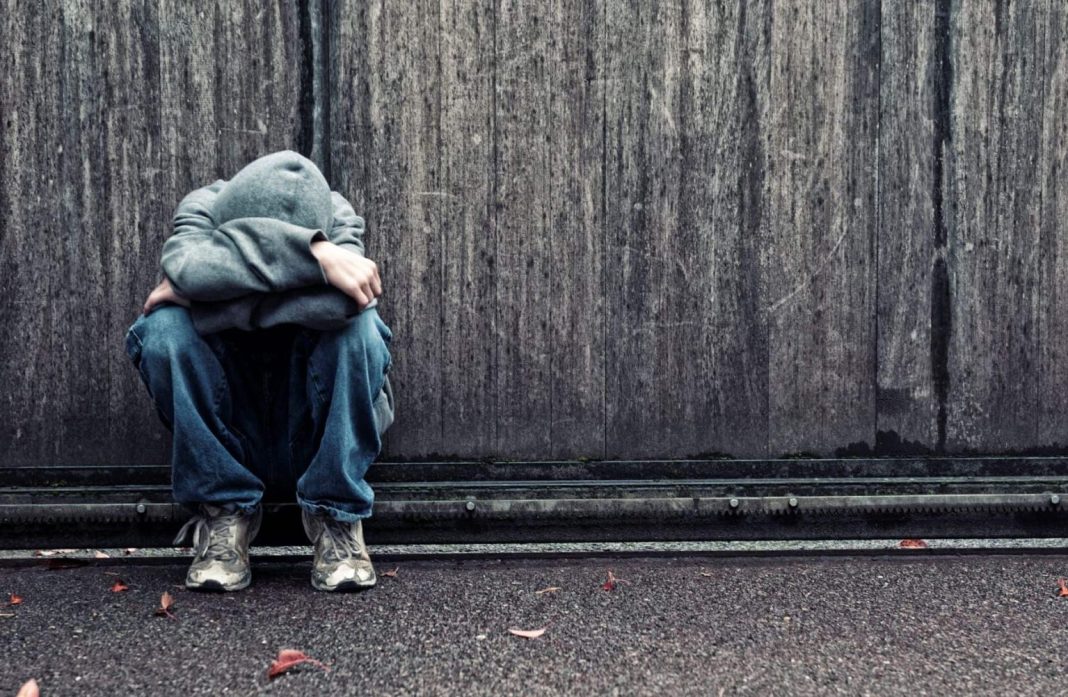The community sector and government ministers alike are horrified by a report released today, to mark the beginning of Homelessness Week, showing that nearly 900 children in the ACT were homeless last year – couch surfing, sleeping in cars, or even on the street.
Homelessness Australia’s 2024 Child Homelessness Snapshot reveals that 868 children presented to ACT homelessness services in 2022–23. Nearly half (409) were nine years old at most.
One quarter were First Nations children. (Nationally, 32 per cent of homeless children are Indigenous, despite making up only 6.8 per cent of children.)
674 children presented as part of a family unit, “pushed into [homelessness] by Australia’s lack of affordable housing, income poverty, or the ongoing epidemic of family violence”, the report stated. 189 children presented alone, presumably fleeing abusive or neglectful homes. “This exposes gaping holes in our universal safety net, and a failure to deliver on core elements of the basic social contract.”
Another Homelessness Australia report published earlier this year, Homelessness and domestic and family violence: State of Response Report 2024, had revealed that 569 women and children in the ACT who had experienced domestic and family violence were homeless (sleeping rough or in a car, in short term or temporary accommodation, couch surfing).
However, the ACT was one of the few jurisdictions in the country where the number of children who were still homeless even after seeking support declined: by 17 per cent (from 474 in 2021–22 to 394 in 2022–23). Nationally, that figure increased by 3.2 per cent (to 25,000), and in some jurisdictions by 20 per cent. This, Homelessness Australia states, “reflects Australia’s huge wait lists for social housing, lack of adequate crisis accommodation, and chronic underfunding of homelessness support services”.
“It’s shocking that, in a community with as many resources as Canberra, we allow almost 400 children and young people to be homeless,” Dr Devin Bowles, CEO of the ACT Council of Social Service (ACTCOSS), said. “These are children who are still homeless when they last had contact with services.
“This represents a sustained policy failure. What more basic demand do citizens have of their governments than that every child has a safe place to sleep?”
The 17 per cent drop since 2021-22, however, “demonstrates that rapid improvement is possible”, Dr Bowles remarked.
Nationwide, more than 76,000 children turned to homelessness services for help – the equivalent, the report notes, of 3,000 school classrooms. Homelessness services had to turn away nearly 20,000 of them, because they did not have the resources.
Homelessness Australia attributed the level of child homelessness to “a shocking failure of public policy”, and called for immediate investment into frontline homelessness services; specialised support and accommodation for unaccompanied homeless children; more investment in social housing and income support; and for a long-term Action Plan to end homelessness for Australian children.
ACTCOSS called on all political candidates to restore social housing to at least 10 per cent of all housing stock by 2036; for the government to substantially increase investment in public housing stock and to develop a community housing growth strategy and discounts on land and rates so the community sector could quickly increase community housing stock and availability; and for candidates to increase the funding for specialist homelessness services to meet current and future demand.
“The lack of supply of public housing and community housing compared to need in the ACT is a major driver of young people experiencing homelessness,” Dr Bowles said. “Our community needs transformative investment.”
“It is appalling that young people are sleeping rough in a country and a city as wealthy as ours,” Rebecca Vassarotti, ACT minister for homelessness and housing services, and deputy leader of the ACT Greens, said. “That homelessness has gone down as compared to previous years is a welcome reprieve, but it’s still not enough.”
Ms Vassarotti said she had overseen the biggest increase in baseline homelessness funding ever in Canberra (from $24 million per annum at the start of the parliamentary term to $36 million per annum now).
“But the reality is that funding to frontline services isn’t going to solve the homelessness crisis,” Ms Vassarotti said. “Housing is the only thing that will solve the homelessness crisis.
“Across the nation, we are experiencing an acute crisis of homelessness that is shameful and entirely preventable. The 2024 Child Homelessness Snapshot reminds us that without bold solutions, we will not be able to solve this crisis.
“The ACT Greens have an ambitious plan to build 10,000 public homes over the next 10 years, which will make sure we can house every single person on the housing wait list. This is a big plan, but it is achievable if Canberrans throw their support behind it.
“While we will be announcing our plan to support frontline services even more in the coming months, it’s clear that we need more homes first and foremost to fix this crisis.”



